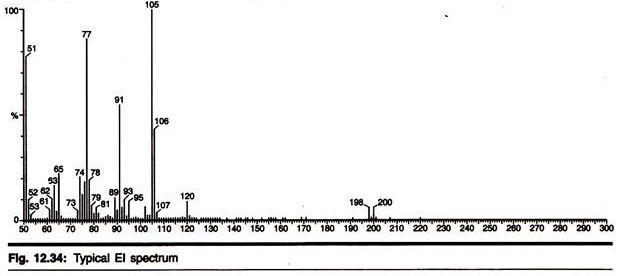The internal structure of the root is comparatively simple.
There are three concentric layers:
1. The epidermis,
2. The cortex, and
3. The vascular cylinder.
1. The Epidermis:
The epidermal cells of the root, which enclose the entire surface of the root, absorb water and minerals from the soil. As you would expect, they lack the cuticle found on the surface of the epidermal cells of the leaf.
They are also characterised by fine, threadlike outgrowths, known as root hairs. Root hairs are slender extensions of the epidermal cells themselves; the nucleus of the epidermal cell is often found within the root hair. In the study of the rye plant, the roots were estimated to have some 14 billion root hairs; placed end to end, they would have extended more than 10,000 kilometers.
Much of the water and minerals that enter the root are taken up through these delicate outgrowths of the epidermal cells. (However, in many species mycorrhizal associations seem to substitute for root hairs.
2. The Cortex:
The cortex occupies by far the greatest volume of the young root. The cells of the cortex are parenchyma cells, like those of the mesophyll of the leaf and the ground tissue of the stem; however, as you would expect, they lack chloroplasts.
They store starch and other organic substances. The tissue of the cortex contains many air spaces. Oxygen-containing air enters these spaces through the epidermal cells and is used by the cortical cells in respiration.
Unlike the rest of the cortex, the cells of the innermost layer, the endodermis, are compact and have no spaces between them. Each endodermal cell is encircled by a Casparian strip, a fatty band within the cell wall.
The strip is continuous and is not permeable to water. Therefore, water and dissolved substances, which pass freely around the other cortical cells and through their cell walls, must pass through the cell walls and, more important, the cell membranes of endodermal cells.
Water, oxygen, and carbon dioxide pass freely through cell membranes, but many ions and other substances do not. Therefore, the membranes of the endodermal cells regulate the passage of such substances into the vascular tissues of the root and so determine what enters the plant body.
3. The Vascular Cylinder:
The vascular cylinder of the root consists of the vascular tissues (xylem and phloem) completely surrounded by one or more layers of cells, the pericycle. Branch roots arise from the pericycle. In most species, the vascular tissues are grouped in a solid cylinder, as shown in figure 13.8.
In some, however, they form a hollow cylinder around pith, a central core of ground tissue. Figure 13.5 shows the details of the vascular cylinder of a buttercup.




